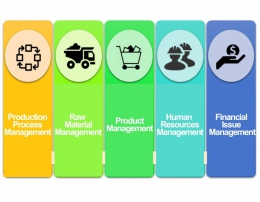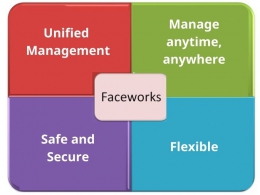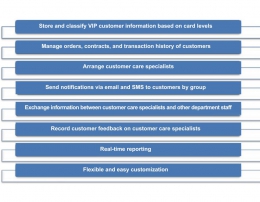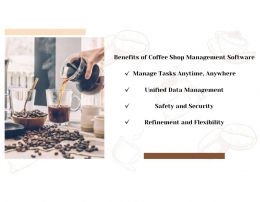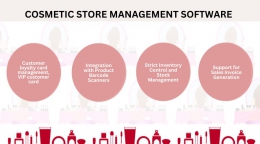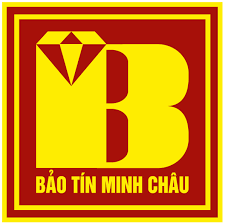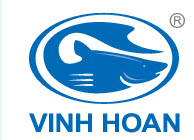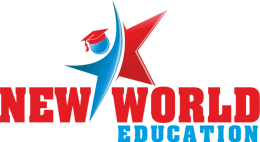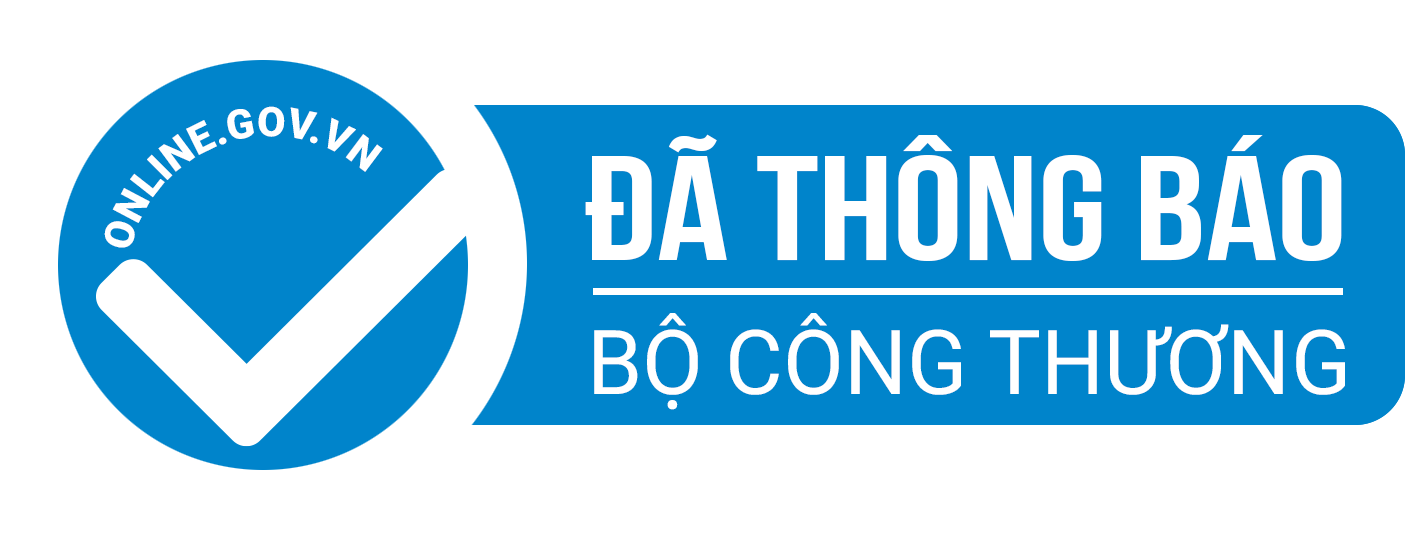Enterprise Resource Planning (ERP) Software
Today, many small and medium-sized companies in Vietnam are experiencing robust development and holding a significant position. One of the secrets to this success is the application of comprehensive enterprise management software. Most companies, including large ones, confirm using comprehensive enterprise management software.
In reality, during the operational processes of businesses, managing the entirety of the enterprise poses challenges for managers, consuming a considerable amount of time in information synthesis and processing.
That’s when you need an ERP solution – an enterprise resource planning software.

What is ERP?
ERP, or Enterprise Resource Planning, originally refers to a system used for resource planning within an organization or business. A typical ERP system encompasses all the common functions of an organization. The organization can be a business, non-profit organization, non-governmental organization, etc. ERP software integrates the basic functions of an organization into a single system. Instead of using separate accounting software, human resources and payroll software, production management software, etc., independently, ERP combines all these functions into a single software package with seamless integration between them.

The Modules of ERP Software – Comprehensive Enterprise Management of Form
- Financial Management
- Financial Accounting: Includes inventory accounting, accounts payable accounting, fixed asset accounting, VAT reports, personal income tax reports, invoices, financial reports, tax settlement, accounting ledger, and more.
- Managerial Accounting: Integrated throughout the ERP system to provide financial and non-financial reports for analysis. This enables businesses to measure, analyze, and process data to determine the optimal strategies for achieving business efficiency.
- Supply Information and Buying Management
- Manage detailed purchasing information, purchasing plans, payment status, as well as delivery status. Seamlessly integrate with warehouse and accounting modules.
- Managing Distribution and Sales Information
- Manage information like the finished product, generating automatic quotations, warranty management, and overseeing the delivery and payment processes. Including cutting-edge technologies, such as barcode scanners and printers, and connectivity with warehouse and accounting systems.
- Managing customer and supplier relationship
- Manage information related to customers and suppliers including accounts receivable, contracts, and communication history. It maximizes support for businesses in customer management, handling business opportunities, warranty services, marketing, and post-sales customer care. Similar functionalities are also applied to supplier relationships.
- Production Management
- Manage throughout the production process with the help of functions like directly importing standards into the software, creating production plans, issuing production orders, managing actual production, and linking with the inventory management system to oversee stock in, stock out, and inventory levels. It integrates methods for order management, automatic cost calculation for production, and automatic calculation of product costs.
- Warehouse management
- Manage warehouse input, output, and inventory. Check items in the warehouse regularly, handle stock transfers, monitor quantities of items about to arrive, and keep track of items ordered by customers but still in the warehouse. It automatically generates stock entry and stock exit documents.
- Asset Management
- Managing transactions related to fixed assets, supporting the entry of new asset information, transactions related to assets, methods of calculating asset depreciation
- Task Management
- Managing job categories within the business, automatically assigning tasks according to levels, monitoring the progress of employee tasks, and providing comprehensive reports.
- Human Resources and Payroll Management
- Manage human resources and related tasks such as employee information, labor contracts, recruitment management, performance evaluation, and employee capabilities. Overall integration with hardware devices such as timekeeping machines.
- Overall Business Reporting System
- The reporting system provides reports for each module and the report system is made to meet the business’s requirements. It allows the creation of reports in chart form to enhance visual representation. Reports can be exported and printed directly from the software, maximizing support for monitoring and management indicators, while eliminating the need for manual report generation.
Benefits of ERP as an Effective Solution for Businesses
ERP (Enterprise Resource Planning) has become a popular and trend-setting solution for good reasons. The benefits and applications it brings are tremendous.
- · ERP drastically reduces duplicate tasks and minimizes manual data entry. It standardizes business management activities into a unified process, making data management easier and more efficient.
- Instead of storing data in various separate locations, ERP consolidates all data on a single system. The database is secure and promptly updated.
- ERP supports easy access to reliable information for managers, enabling them to make informed decisions based on comprehensive data. It reduces duplication and increases consistency for businesses.
- Opting for a highly flexible ERP solution allows easy adjustments as businesses evolve. The software’s interface is adaptable, user-friendly, integrative, and expansible, capable of operating from any location or platform.
- Information is updated in real-time, ensuring accuracy and completeness. This facilitates easier management and timely correction of errors in the production process.
- ERP software streamlines reporting, providing enhanced customization capabilities. With improved reporting, companies can handle complex data requests more easily, and users can generate reports without relying on IT support.
- ERP systems operate flexibly and can be easily customized to fit the processes of any industry or business type. This ensures optimal operation in all business workflows.
- Using ERP software helps businesses reduce costs significantly compared to investing in multiple disconnected systems. It promotes consistency and efficiency throughout the organization.
- Providing optimal customer service becomes easier with ERP. Accessing customer data and consultation history is simple and accurate. This helps sales and customer service staff interact better, improving customer relationships.
- A new system enhances data accuracy, stability, and security. Access restrictions can be customized through permission systems, limiting access to sensitive information.
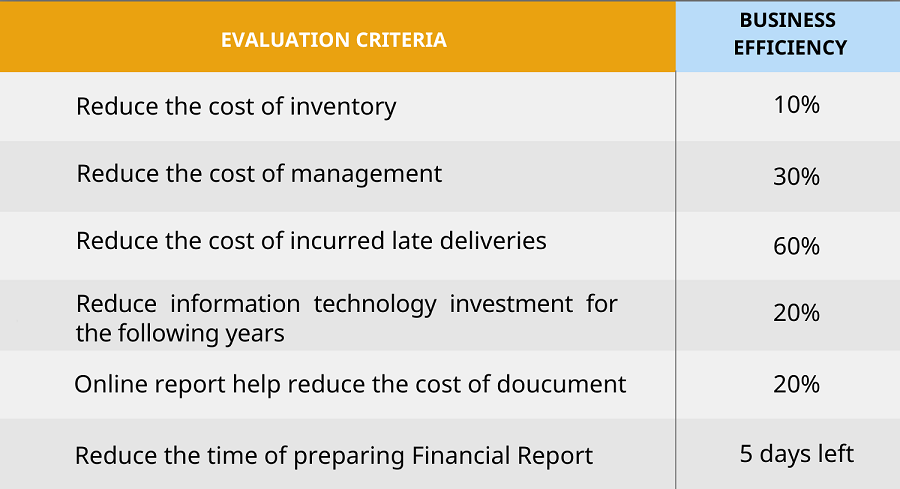
Compare efficiency before and after ERP implementation (source: ERP Investment Handbook, ICTRoi, 2014)
ERP Trends in VietNam
In recent years, the ERP solution market in Vietnam has been vibrant as more businesses aim to enhance their management processes to utilize resources in their production and business operations. However, a company may choose to purchase specific packages based on its capabilities and needs rather than acquiring the entire suite (as they may not require all the functionalities).
Currently, many companies in Vietnam are implementing ERP in their operations. For example, The Gioi Di Dong shared in an interview back in 2009 that they had developed their own ERP system with various functions, covering administration, human resources, inventory management, and warranty services. If companies do not use their own-made solution like The Gioi Di Dong, they can find ready-built solutions and customize them according to their needs (or hire a third-party company for customization).
Notable ERP software includes SAP ERP, Infor ERP LN, and Oracle E-Business Suite. These are well-known ERP names, and their software is designed for medium and large-sized companies. However, for the majority of small and medium-sized enterprises (SMEs) in Vietnam, using such large ERPs may be overly expensive and beyond their requirements. The ERP solution market in Vietnam is rapidly growing, offering affordable options without compromising quality compared to larger software companies.
Customized Enterprise Management Software – Faceworks
TIT is a leading provider of ERP solutions with the Faceworks software, which integrates very useful solutions for businesses, leading the trend. Faceworks is a comprehensive platform that allows users to easily manipulate and configure the software system according to their preferences. Flexibility and easy customization are the distinctive features of Faceworks. Thanks to Faceworks, businesses no longer need to change their existing work processes to implement management software.
Summary
ERP is comprehensive enterprise management software that allows businesses to control their capacity status. This enables them to plan the optimal utilization of these resources through established business processes within the system. Furthermore, ERP provides businesses with a management system featuring modern processes according to international standards, aiming to enhance operational management capabilities for both leadership and employees.
ERP demonstrates remarkable effectiveness in achieving optimal and systematic development for businesses. Therefore, using enterprise management software – ERP is a top priority for businesses to achieve strong and sustainable development.

